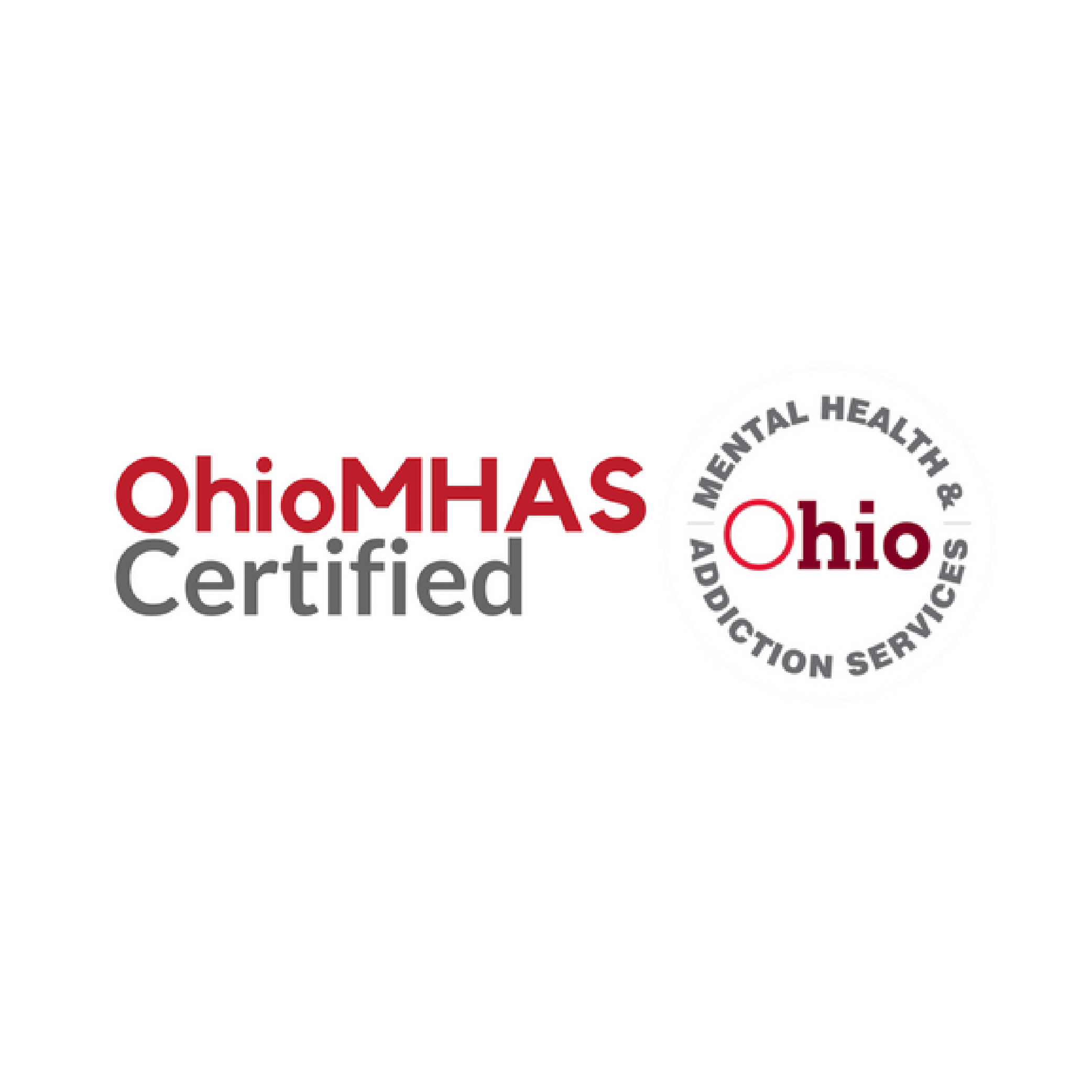Increasing Safety
Regardless of the type of victimization, whether it’s burglary, identity theft, domestic violence, stalking, etc., it is common to feel hypervigilant and concerned about your and your family’s safety, both emotionally and physically. Enhancing your safety involves various approaches, but there’s no one-size-fits-all solution. You might need to implement different methods and figure out what works best for you. Securing your home, changing your routine, and being aware of technology abuse are all important things to consider when planning for your safety.
The information provided below may or may not be applicable to your situation, but rest assured, our advocates are here to assist you in exploring some options based on your situation to create what is called a safety plan. In the blue box, a fillable form is provided for you to complete with or without the assistance of a victim advocate. The below resources are options that could be included in your individualized plan.
What is Technology Abuse?
Technology-facilitated abuse, also known as digital abuse, is when technology is misused by a person to harass, threaten, coerce, monitor, exploit, and/or violate another. The person could be a stranger, an ex, a stalker, or even your current partner.
Technology Safety
The Safety Net Project is full of ideas to remain safe while using technology. Although the project is sponsored by the National Network to End Domestic Violence, you do not have to be a victim of domestic violence to benefit from the vast array of information.
- Technology Safety Plan Tips: Learn about prioritizing your safety, identifying technology abuse, documenting the abuse, increasing safety, increasing privacy
- Documentation: Any obvious or suspicious activity should be documented. Unfortunately, no device should be ignored, from your internet-connected thermostat to your trackable earbuds.
- Securing your device: Step-by-step instructions to see if someone has added a tracking app to your phone or has installed spyware.
Victim Notification Notification Everyday (VINE)
If you haven’t read about VINE yet, jump over to our “Where is My Offender”? page to learn more. For both your emotional well-being and your physical safety, knowing where an incarcerated individual is can be beneficial.
Equipment To Enhance Your Emotional Safety
On rare occasions, Victim Assistance Program receives donated Ring doorbells, lock boxes, gun locks, window alarms, cell phones, and other surveillance equipment to distribute to current clients who are engaged in ongoing services. Unfortunately, these donations don’t last long as there are so many people in need.
Safe At Home Program
The Ohio Secretary of State initiated the Safe At Home Program to safeguard the privacy of victims of domestic violence, sexual battery, human trafficking, rape, or menacing by stalking by keeping their public personal information confidential. Sadly, numerous websites expose your home address, making privacy a critical concern. Upon enrollment in the program, the following steps are taken:
- Assigns you with a substitute address to serve as your address in virtually all state and local public records. This substitute address is used in almost every type of government office – from law enforcement issuing a speeding ticket to public school records, to court documents.
- Provides you with mail forwarding to help keep your home address away from private companies. You can choose if they would like to use the mail forwarding system, or if you would like to provide your true address for mail – the choice is entirely up to you. However, Safe at Home will provide this option for as long as you remain in the program.
- Provides a special confidential voter registration form. If you are eligible to vote, you can participate in the democratic process without fear of your address becoming public. Your voter registration information will not appear on public voter registration lists, and you can vote by mail to avoid any disclosure.
- Provides information about a legal pathway to protect real estate records if you purchase a home. Ohio’s Safe at Home laws convert records held by a county recorder, auditor, engineer, and others to a confidential status.
To apply, you must work with a certified Application Assistant who will help you complete the application. Fortunately, Victim Assistance Program has certified Assistants on staff. Simply call our hotline (330-376-0040) and ask to speak with an advocate about enrolling in the Safe At Home Program to keep your public information confidential. As with all of our services, this is a free service.












